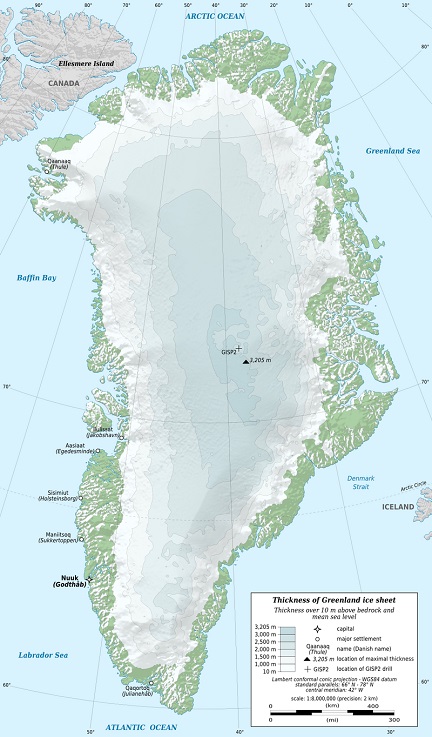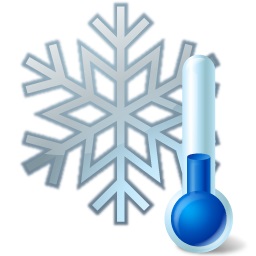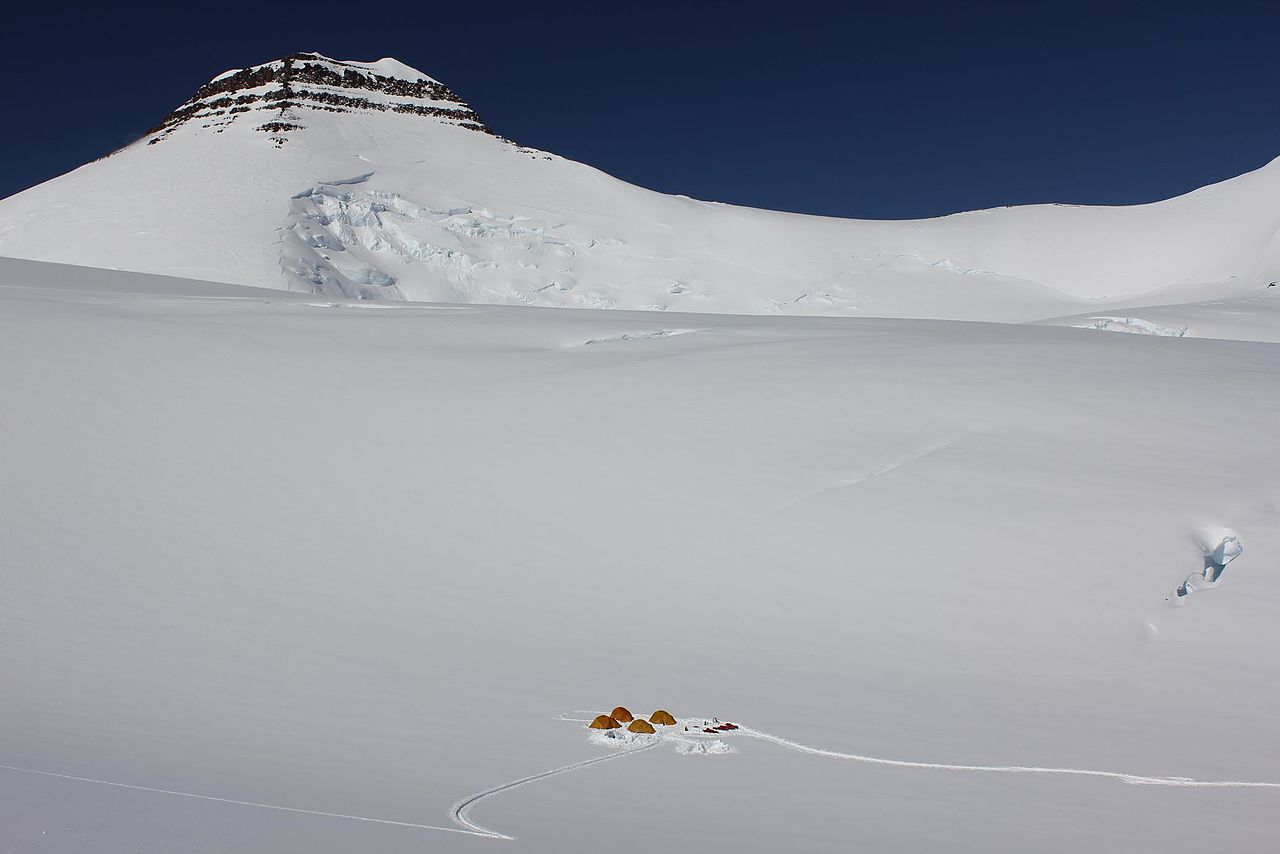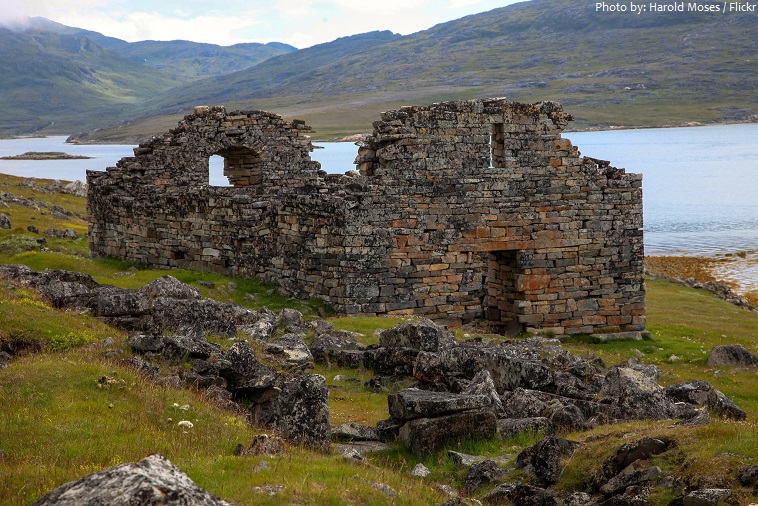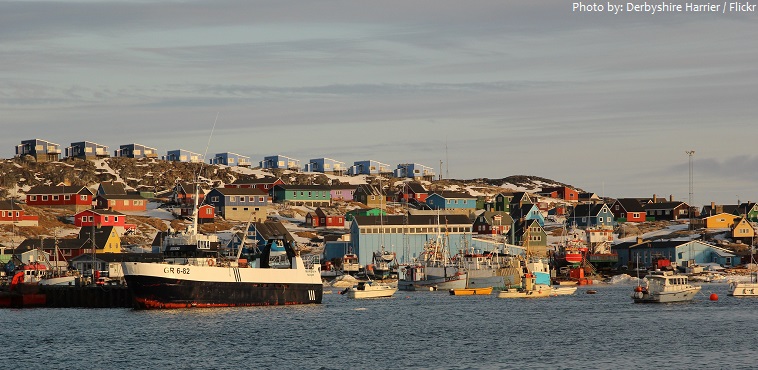Greenland is the world’s largest non-continental island and an autonomous Danish dependent territory with limited self-government and its own parliament.
Greenland has been largely self-governing since 1979, but Denmark oversees some aspects of government, such as international affairs and security.
Greenland is the largest dependent territory by area in the world.
Though physiographically a part of the continent of North America, Greenland has been politically and culturally associated with Europe (specifically Norway and Denmark, the colonial powers, as well as the nearby island of Iceland) for more than a millennium.
The Atlantic Ocean borders Greenland’s southeast; the Greenland Sea is to the east; the Arctic Ocean is to the north; and Baffin Bay is to the west.
The nearest countries are Canada, to the west and southwest across Baffin Bay, and Iceland, east of Greenland in the Atlantic Ocean.
It is around 2,650 kilometers (1,650 miles) long (north-south) and up to 1,000 kilometers (620 miles) wide (east-west).
Just about 56,255 (in 2017) people live on an area of 2,166,086 square kilometers, this makes Greenland the least populated place on Earth.
It is the 12th largest country in the world.
Its residents are majority Inuit, whose ancestors migrated from the Canadian mainland beginning in the 13th century, gradually settling across the island.
Nuuk is the capital and largest city of Greenland. It is the seat of government and the country’s largest cultural and economic center.
The biggest part of Greenland is covered by the great inland ice. This layer of ice is the second biggest connected mass of ice in the world and has a thickness of average 1,500 meters. In some places the ice is up to 3,500 meters thick. Only about 16% of the island are free of ice.
Greenland is covered by the only permanent ice sheet outside Antarctica.
Because of its very high latitude, Greenland has an arctic to a subarctic climate with cool summers and very cold winters. For example its capital, Nuuk has an average January low temperature of -10°C (14°F) and an average July high of just 10°C (50°F).
In Greenland, Sun does not set from May 25th to July 25th. This cool natural phenomenon is know as the ‘midnight sun’.
Though winters in Greenland may be long and dark, they do provide the opportunity to see the amazing Norther Lights (Aurora Borealis) in all its glory. From September to mid April, you can see the lights on just about any night the sky is clear, and since there’s little light pollution here, the colors are extremelyvivid.
Gunnbjørn Fjeld (also called only Gunnbjørn) at 3,694 meters (12,119 feet) above sea level is Greenland’s highest mountain and also the highest mountain north of the Arctic circle.
Greenland contains the world’s largest national park – Northeast Greenland National Park. Established in 1974 and expanded to its present size in 1988, it protects 972,001 square kilometers (375,000 square miles) of the interior and northeastern coast of Greenland and is bigger than all but twenty-nine countries in the world.
Located on the west coast of Greenland, 250 kilometers (155 miles) north of the Arctic Circle, Greenland’s Ilulissat Icefjord (40,240 hectares / 99,435 acres) is the sea mouth of Sermeq Kujalleq, one of the few glaciers through which the Greenland ice cap reaches the sea. Ilulissat Icefjord was declared a UNESCO World Heritage Site in 2004.
Hvalsey Church was a church in the abandoned Greenlandic Norse settlement of Hvalsey (now modern-day Qaqortoq). The best preserved Norse ruins in Greenland, the Church was also the location of the last written record of the Greenlandic Norse, a wedding in September 1408.
The ancestors of the first of Greenland’s Inuit came over the Behring Street from Asia to Alaska and spread across north Canada. 4,500 years ago they started the first immigrations to Greenland.
The first Europeans to settle on Greenland were vikings from Iceland. Around 875 the viking Gunnbjørn discovered the island and called it Gunnbjørnland.
The early Viking settlers named the island as Greenland. In the Icelandic sagas, the Norwegian-born Icelander Erik the Red was said to be exiled from Iceland for manslaughter. Along with his extended family and his thralls, he set out in ships to explore an icy land known to lie to the northwest. After finding a habitable area and settling there, he named it Grœnland (translated as “Greenland”), supposedly in the hope that the pleasant name would attract settlers.
Sealing, whaling, hunting and fishing are the primary sources of income for inhabitants in Greenland. In recent years, the country’s tourism industry has been expanding as well.
Major tourist attractions in Greenland are the fauna and flora of this country.
The native land mammals in Greenland include the polar bear, arctic fox, reindeer, arctic hare, musk ox, lemming, ermine, and arctic wolf.
The animals of Greenland also include the Greenland dog, which was introduced by the Inuit, as well as European-introduced species such as Greenlandic sheep, goats, cattle, horse, chicken and sheepdog, all descendants of animals imported by Europeans.
There are dozens of species of seals and whales along the coast.
There are no roads and no railway system. All travel between towns is done by plane, boat, helicopter, snowmobile or dogsled.
The annual World Ice Golf Championship has been held on the world’s northernmost golf course on the shelf ice near Uummannaq, Greenland since 1997. The course is reformed by the moving ice every year and play is highly dependent on weather conditions and thus, has been canceled several years running.
In 1946 the United states tried to purchase Greenland from Denmark but the European Kingdom refused to sell this island to the Americans.


